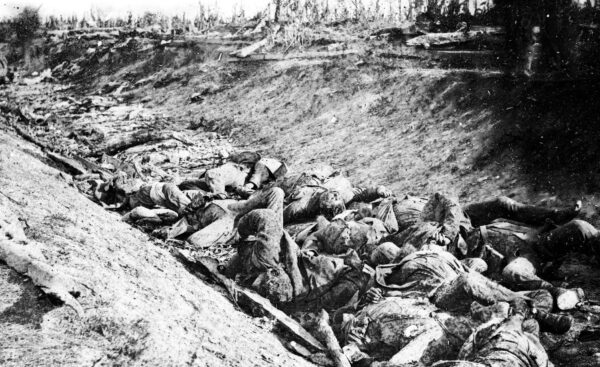
Blog

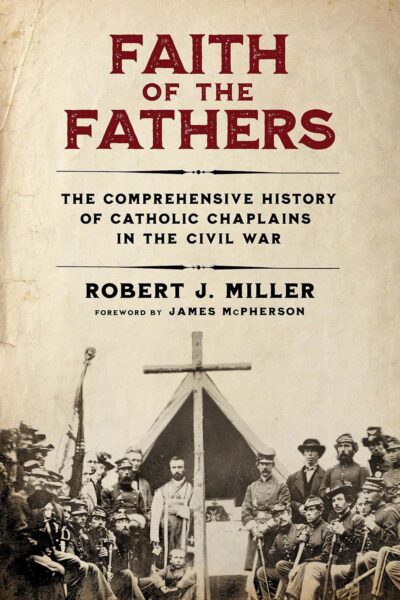
Published: 7/2/25
Faith of the Fathers (2025)
Robert J. Miller's "Faith of the Fathers" is a valuable addition to the scholarship on the chaplaincy, Civil War-era religion, and American Catholicism.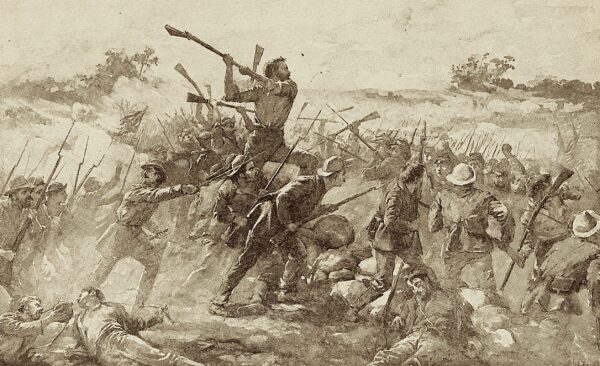
Published: 6/30/25
A Texan at Gettysburg
Discover the heartfelt letter of a Texas soldier, John Camden West, to his son after the Battle of Gettysburg.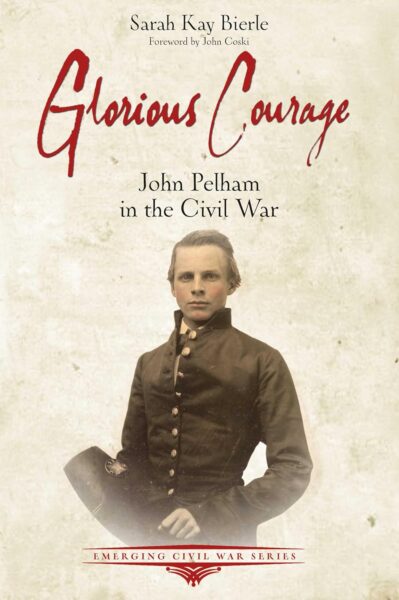
Published: 6/25/25
Glorious Courage (2025)
"Glorious Courage" provides a fresh interpretation of John Pelham, the young officer Lee and Stuart once described as "irreplaceable."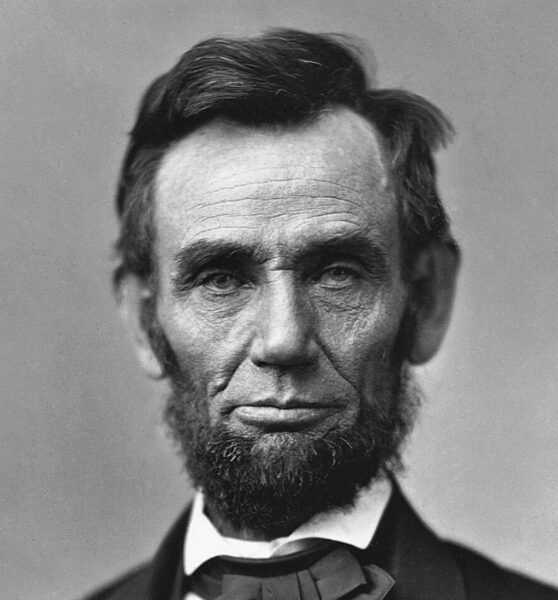
Published: 6/23/25
“Conceived in Liberty”
Historian Christian McWhirter on how Abraham Lincoln's thinking on the Declaration of Independence fundamentally shaped how he defined freedom.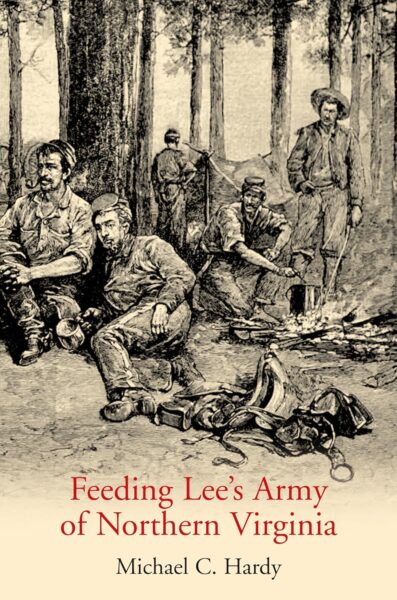
Published: 6/18/25
Feeding Lee’s Army of Northern Virginia (2025)
The primary contribution of Michael Hardy's book is a deep dip into the existing personal accounts written by men who served in the Army of Northern Virginia.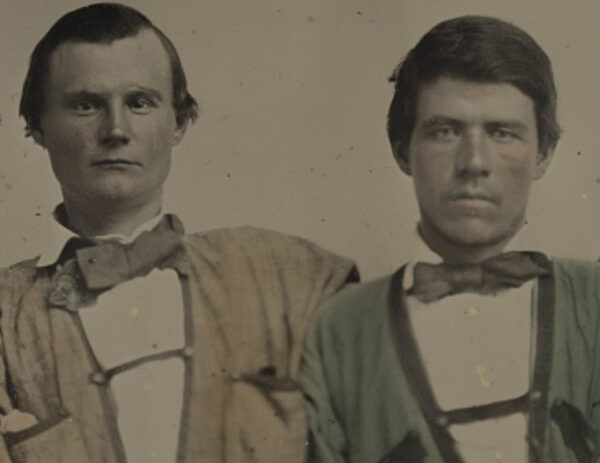
12
Published: 6/16/25
Civil War Fashion, Part 2
In this, the second installment of our "Civil War Fashion" series, we highlight more images of soldiers and civilians wearing snazzy clothes and accessories, carrying interesting props, and striking bold poses.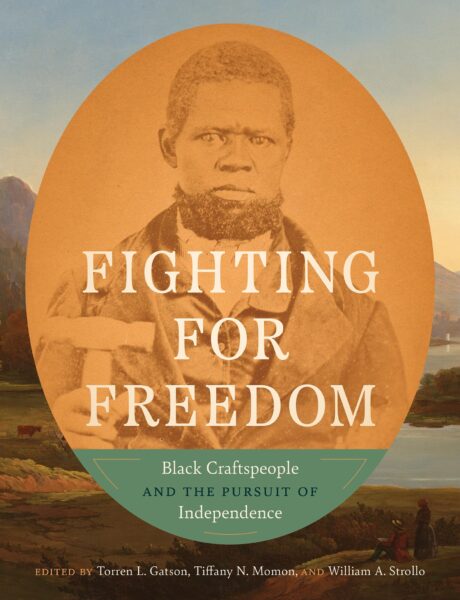
Published: 6/11/25
Fighting for Freedom (2025)
"Fighting For Freedom" provides an excellent window into the lives of Black craftspeople in the long 19th century.
Published: 6/9/25
A Visit to Armstrong’s Hill
An exploration of the site of the Battle of Armstrong Hill, a little-known engagement fought outside Knoxville, Tennessee, in 1863.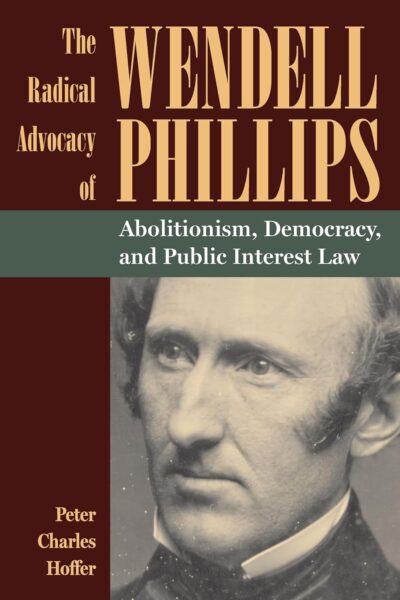
Published: 6/4/25
The Radical Advocacy of Wendell Phillips (2024)
The abolitionist Wendell Phillips "pioneered the craft of public interest lawyering," writes author Peter Charles Hoffer.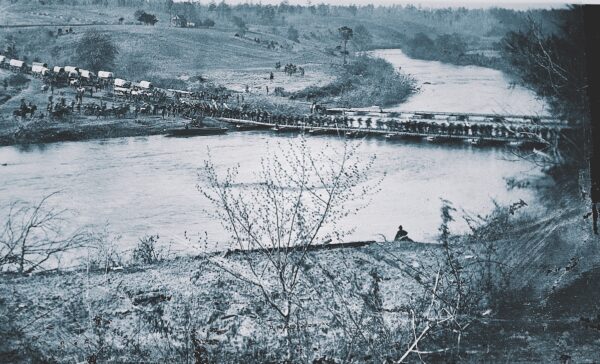
Published: 6/2/25
Eyewitness to the Overland Campaign
Experience the Overland Campaign of 1864 through the eyes of John R. Pillings, a corporal in the 86th New York Infantry.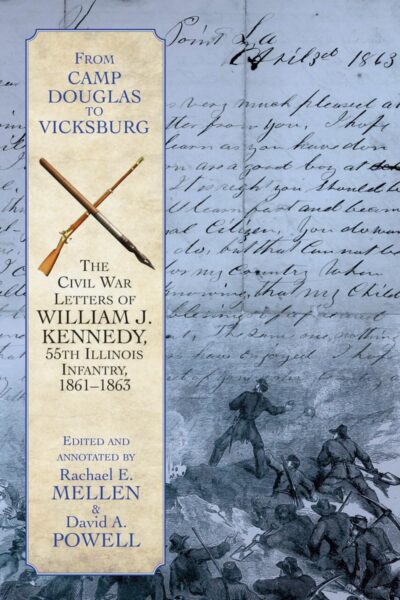
Published: 5/29/25
From Camp Douglas to Vicksburg (2025)
"From Camp Douglas to Vicksburg" is one of the best collections of soldier letters that has been published in recent years.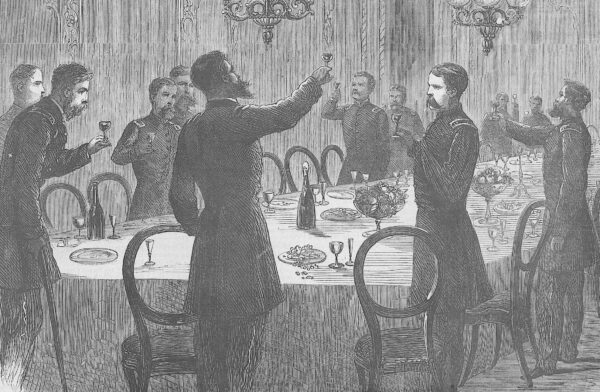
Published: 5/26/25
The Waste of War
Explore the physical and emotional toll of the Civil War through the powerful poem "April 30, 1864" by Charles G. Halpine.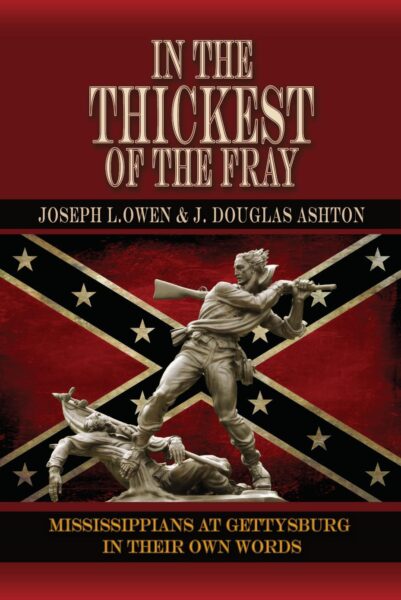
Published: 5/21/25
In The Thickest of the Fray (2025)
"In The Thickest of the Fray" proves an intriguing approach and welcome addition to Gettysburg campaign historiography.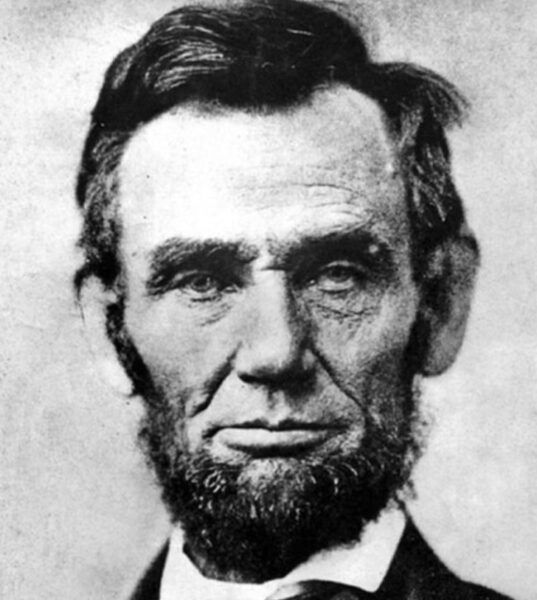
Published: 5/19/25
Misquoting Honest Abe
A look at how and why the most revered and respected figure in American history—Abraham Lincoln—is regularly misquoted today.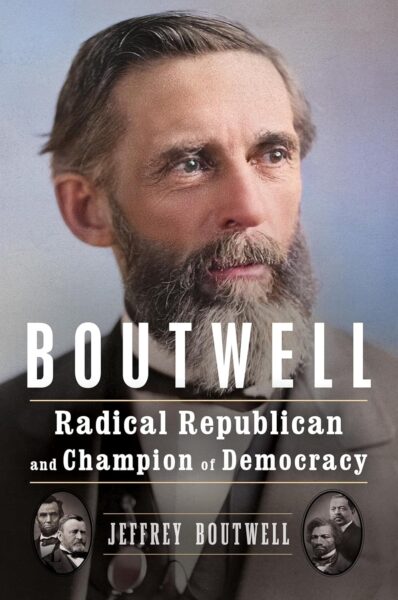
Published: 5/14/25
Boutwell (2025)
"Boutwell" goes beyond rescuing a historical figure from obscurity; it seeks to understand its subject on his terms.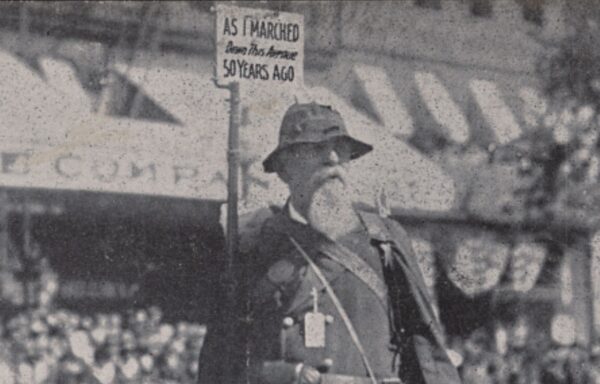
20
Published: 5/12/25
Civil War Veterans, Part 2
Continue your journey into the lives of former Civil War soldiers with the second installment of our "Civil War Vetreans" photo essay series.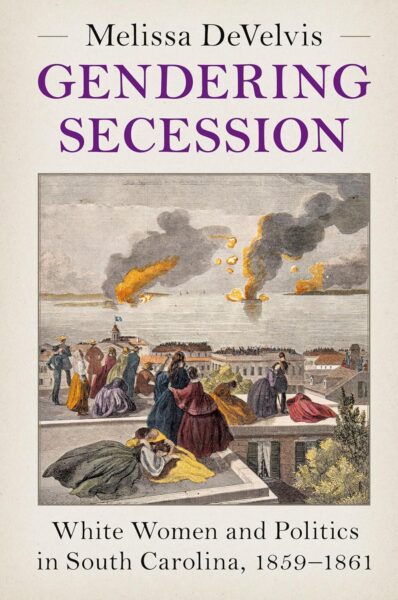
Published: 5/7/25
Gendering Secession (2025)
Melissa DeVelvis has carefully mined her sources in "Gendering Secession."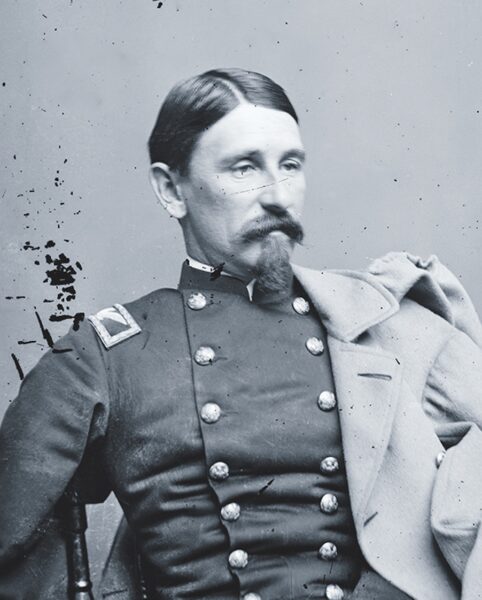
Published: 5/5/25
Smoothbore vs. Rifled Muskets
A look at the military philosophy of Colonel George Willard, whose advocacy for the use of the smoothbore (not rifled) musket in battle flew in the face of contemporary thinking.